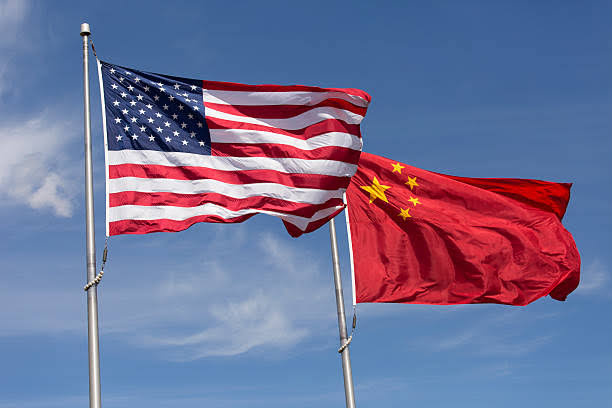The United States and China have reached a landmark agreement to significantly reduce tariffs for 90 days, signaling a major step toward de-escalating the trade war that has shaken global markets.
After their first high-level talks since President Donald Trump intensified the tariff standoff, both nations agreed to cut their steep tariffs to more moderate levels and continue negotiations. The joint statement outlined plans to reduce U.S. tariffs on Chinese imports from 145% to 30%, while China will lower its duties on U.S. goods from 125% to 10%.
U.S. Treasury Secretary Scott Bessent called the talks with Chinese Vice Premier He Lifeng and trade representative Li Chenggang “productive” and marked by mutual respect. China’s Commerce Ministry hailed the outcome as “substantial progress,” expressing hope for continued cooperation.
The agreement sparked optimism in financial markets. The U.S. dollar bounced back, and global stock futures surged following the announcement.
World Trade Organization head Ngozi Okonjo-Iweala welcomed the deal as a “significant step forward,” highlighting its potential global benefits amid rising international tensions.
Though Trump had previously floated the idea of an 80% tariff on Chinese goods, the White House later clarified that any tariff reductions would require mutual concessions.
This breakthrough comes shortly after Trump signed a trade agreement with the UK—his first since launching his aggressive global tariff campaign—though most British goods still face a 10% levy.

